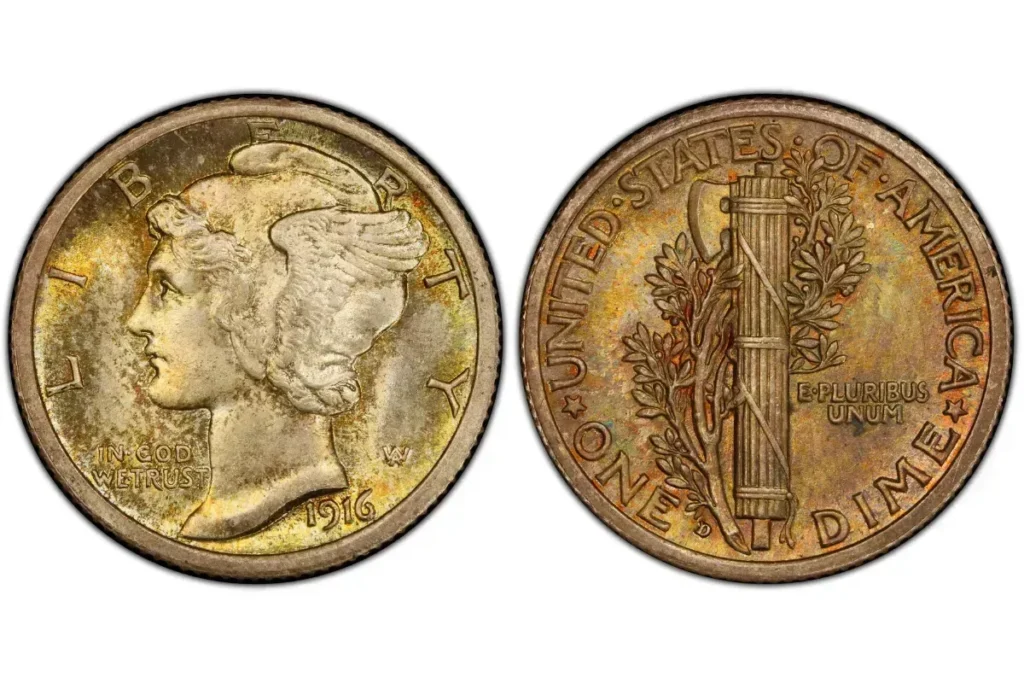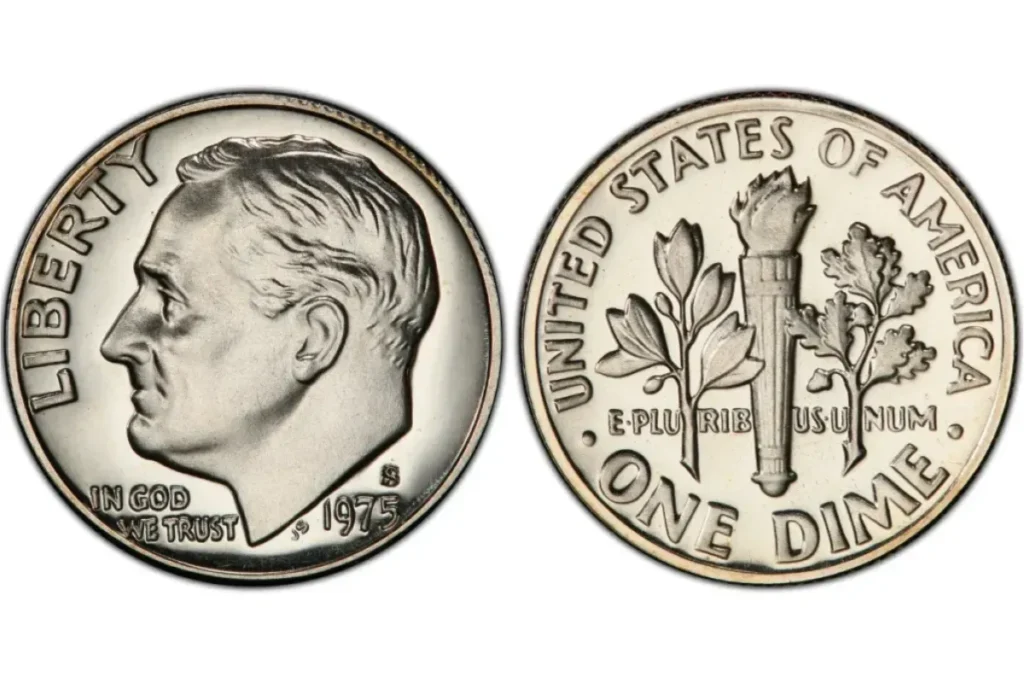The world of coin collecting is a fascinating realm where history, art, and finance intersect.
Among the myriad coins that captivate collectors, the Bicentennial Quarter stands out for its historical significance and astonishing value.
Recently, a particular Bicentennial Quarter fetched nearly $40 million USD, making headlines in the numismatic community.
In this article, we will delve into the story of this extraordinary quarter and explore three other rare quarters, each valued over $300,000.
The $40 Million Bicentennial Quarter

History and Significance
The Bicentennial Quarter was released in 1976 to commemorate the 200th anniversary of American independence.
These quarters were part of a special edition that featured a unique design different from the traditional Washington Quarter.
The obverse still bore the familiar profile of George Washington, but the reverse depicted a colonial drummer boy with a torch encircled by 13 stars, symbolizing the original colonies.
This design was the result of a national competition, adding to its historical value.
The $40 Million Specimen
While millions of Bicentennial Quarters were minted, the one that fetched nearly $40 million is an exceptional anomaly.
This particular coin was struck on a 90% silver planchet rather than the standard copper-nickel clad, making it a rare specimen.
Additionally, it features a double die obverse error, where design elements were inadvertently duplicated during the minting process.
These unique features, combined with the coin’s immaculate condition, contributed to its astronomical value.
The coin’s provenance also plays a role; it once belonged to a prominent collector whose collection is renowned for its rarity and quality.
Three More Rare Quarters Worth Over $300,000
The 1932-D Washington Quarter

History and Significance
The Washington Quarter series began in 1932, marking the bicentennial of George Washington’s birth.
Initially intended as a one-year commemorative coin, its popularity ensured its continuation as a regular issue.
The 1932-D (Denver mint) Washington Quarter is particularly rare due to its low mintage of only 436,800 coins.
Value and Features
Valued at over $300,000 in mint state condition, the 1932-D Washington Quarter is a prized possession among collectors.
Its scarcity, combined with the historical significance of being the first year of the Washington Quarter series, enhances its desirability.
The coin’s design, featuring Washington’s profile and a heraldic eagle on the reverse, has remained largely unchanged, adding to its iconic status in American coinage.
The 1796 Draped Bust Quarter

History and Significance
The 1796 Draped Bust Quarter is a piece of early American history, minted during the infancy of the United States Mint.
This quarter was part of the Draped Bust series, designed by the renowned artist Gilbert Stuart.
The obverse features Lady Liberty with flowing hair, while the reverse showcases a small eagle.
Value and Features
With a value exceeding $400,000 in high-grade condition, the 1796 Draped Bust Quarter is exceptionally rare.
Only 6,146 were minted, making it one of the rarest U.S. quarters. Its historical context and the artistry of its design contribute to its high value.
Collectors prize this coin not only for its rarity but also for its connection to the early years of American coinage.
The 1916 Standing Liberty Quarter

History and Significance
The Standing Liberty Quarter series began in 1916, replacing the Barber Quarter.
The design by sculptor Hermon MacNeil features Lady Liberty standing with a shield in one hand and an olive branch in the other, symbolizing preparedness and peace.
The inaugural year, 1916, saw a limited mintage of only 52,000 coins, making it highly sought after.
Value and Features
In mint state condition, the 1916 Standing Liberty Quarter can be worth over $300,000.
Its rarity, combined with the beauty of its design and the fact that it represents the first year of a new series, makes it highly desirable among collectors.
The coin’s intricate design, with Liberty’s exposed breast and the detailed depiction of her garb and surroundings, is a standout in American numismatics.
The Art and Science of Coin Collecting

Rarity and Condition
The value of collectible coins is determined by several factors, primarily rarity and condition. Coins like the nearly $40 million Bicentennial Quarter or the $300,000+ specimens are so valuable because they are rare finds in exceptional condition.
The rarity can be due to low mintage numbers, errors during production, or unique historical circumstances.
Condition is assessed through a grading system, with coins in “mint state” condition (showing no signs of wear) fetching the highest prices.
Provenance and Historical Significance
A coin’s provenance, or its history of ownership, can also impact its value. Coins from notable collections or those with well-documented histories are often more desirable.
Additionally, coins that mark significant historical events or shifts in design (such as the introduction of the
Washington Quarter or the Standing Liberty Quarter) are particularly valued for their historical significance.
The Role of Auctions
Auctions play a crucial role in the coin collecting world, often bringing rare coins to market and setting new price records.
The excitement of auctions, combined with the competition among bidders, can drive prices to extraordinary heights.
High-profile auctions are where many of the most valuable coins, such as the nearly $40 million Bicentennial Quarter, are bought and sold.
The Cultural and Educational Value of Coin Collecting

Historical Education
Coin collecting is not just about the financial investment; it’s also a journey through history. Each coin tells a story about the time and place it was minted.
Collectors often develop a deeper understanding of history, politics, and economics as they study their coins.
For instance, the 1796 Draped Bust Quarter offers insights into the early years of the U.S. Mint and the young nation’s efforts to establish its own currency.
Artistic Appreciation
The artistry involved in coin design is another aspect that attracts collectors.
Coins like the Standing Liberty Quarter are appreciated not only for their rarity but also for their aesthetic beauty.
The designs often reflect the artistic trends and cultural values of their time, making them miniature works of art.
Community and Fellowship
Coin collecting fosters a sense of community among enthusiasts.
Collectors gather at conventions, participate in online forums, and join clubs to share their passion.
The exchange of knowledge, stories, and coins creates a camaraderie that enhances the collecting experience.
Conclusion
The story of the nearly $40 million Bicentennial Quarter and the other rare quarters worth over $300,000
underscores the fascinating intersection of history, art, and value in the world of coin collecting.
These coins are not just pieces of metal; they are tangible links to the past, encapsulating moments in time and artistry that continue to captivate collectors.
Whether driven by historical curiosity, artistic appreciation, or the thrill of the hunt, coin collecting offers a rich and rewarding experience.
For those who uncover these rare treasures, the rewards are not just monetary but also a deeper connection to the heritage and history of American coinage.





